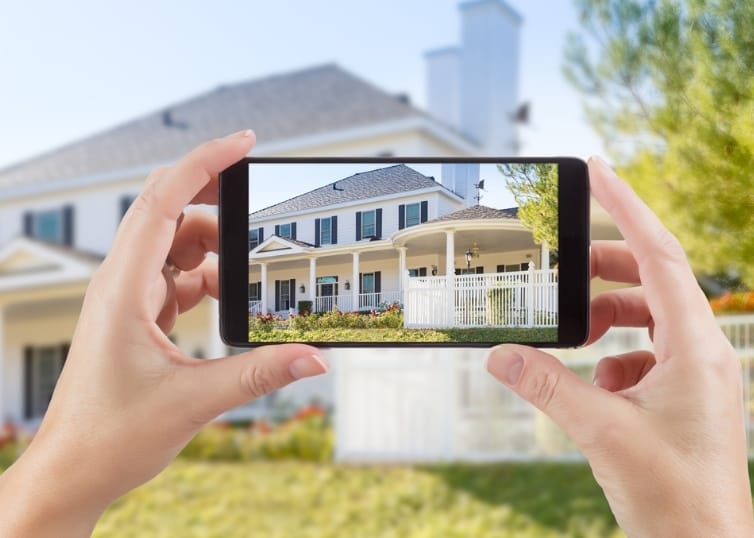
Photography has never been more important in the real estate industry. According to a survey conducted by the National Association of REALTORS®, homebuyers across the country rated photos as the feature they use most when searching for a home online. Web listings or advertisements with bad photos—or no photos at all—can cause potential buyers to overlook a property. Are you a North Carolina real estate broker looking to help your seller clients make a good impression with their images? Here are six tips and strategies to capture the best possible real estate photos.
Key Takeaways
- High-quality photography is crucial in real estate, with good photos significantly impacting a property’s appeal to buyers.
- Investing in a decent camera, staging the home, and using natural lighting are key steps to capturing appealing real estate photos.
- Shooting from the right angles and compositions, such as from corners or doorways, can make rooms and exteriors appear more spacious and inviting.
- Post-editing photos using online tools to correct flaws and enhance the images is important for a polished presentation.
- Pairing the photos with a well-designed, user-friendly listing and engaging descriptions enhances the overall appeal and effectiveness of the property listing.
1. Invest in a high-quality camera
Though cell phones have made great strides in the area of photography, a cell phone camera isn’t the best device to use if your clients want quality shots of their home. But often, your clients will be working with a limited budget, which means that purchasing top-of-the-line equipment isn’t a viable option either. What your client can do is invest in any point-and-shoot digital camera. As long as the camera uses five megapixels or more it will produce professional-looking photos. If your clients are willing to splurge on camera equipment, a digital SLR offers more settings and allows you to use a variety of lenses.
2. Stage the home
When staging a home, it’s important to remember that it’s the space—not the furniture or decorative items in it—that need to catch the buyer’s attention. This means the home needs to be clean and clear of clutter. Put away children’s toys, refrigerator magnets, shoes, mail, or any other potentially distracting items. For additional home staging advice, check out our tips for home staging on a budget.
3. Use as much natural lighting as possible
Using natural light in your real estate photos is one of the best ways to make rooms appear bright and open. The flash can sometimes produce unattractive glares or shadows, so try to use it as little as possible. Your client should avoid taking photos of the home’s interior on rainy or overcast days because of the lack of natural light. However, gloomier days can be good for exterior shots because the sun will not cast dark shadows on the home.
FREE GUIDE: Learn how successful brokers increase their annual earnings with the North Carolina Real Estate Broker Income Guide.
4. Choose the best angles and compositions
There are certain angles and compositions your client should consider when shooting photos of their home. For example, the best way to show off a room is to shoot from a corner or doorway to include as much of the room as possible. This angle provides the room with context and makes it appear more spacious. Photos of a home’s exterior should also be taken from an angle rather than straight on, for this composition will provide buyers with an idea of the home’s depth.
5. Touch up the photos
After your client has chosen the photos they want to use for their North Carolina real estate listing, it’s likely they will need a bit of editing. Perhaps there are distracting shadows in photos of the home’s interior or power lines or tree branches obstructing the photos of the home’s exterior. Many such flaws can be fixed using free, online photo-editing tools such as BeFunky or Fotor. These websites are easy to use and will allow your client to crop photos, adjust brightness and contrast, and correct colors.
6. Create a listing that complements your photos
In order for real estate photos to be properly showcased, they need to appear on a website that’s functional, user-friendly, and easy to find through search engines. Regardless of whether the real estate photos are uploaded to your agency’s website or your client’s own personal website, make sure it looks up to date, is easy to navigate, and uses large, high-quality photos. Pair the photos with catchy descriptions that make the images more interesting and paint an appealing picture of the home.






